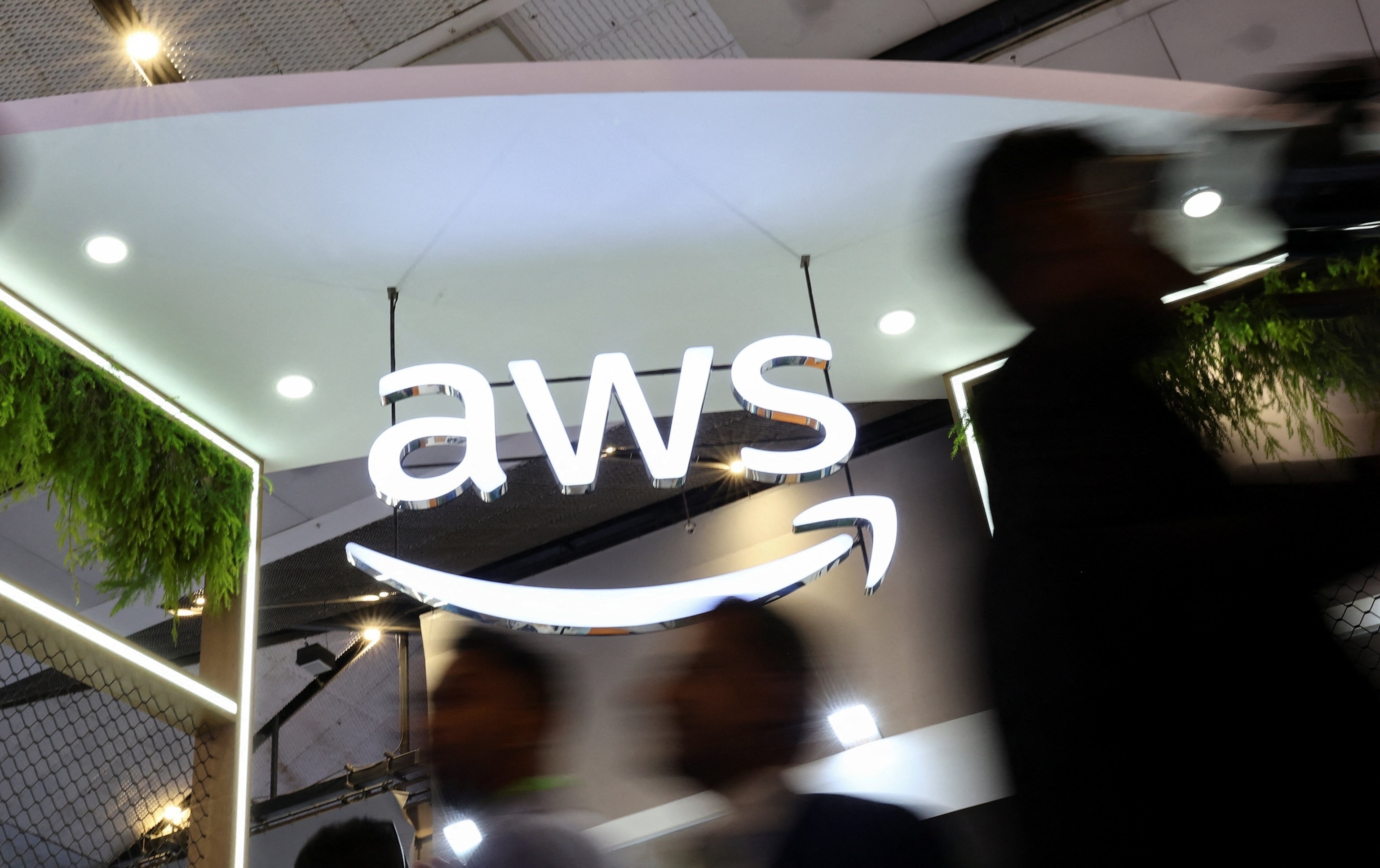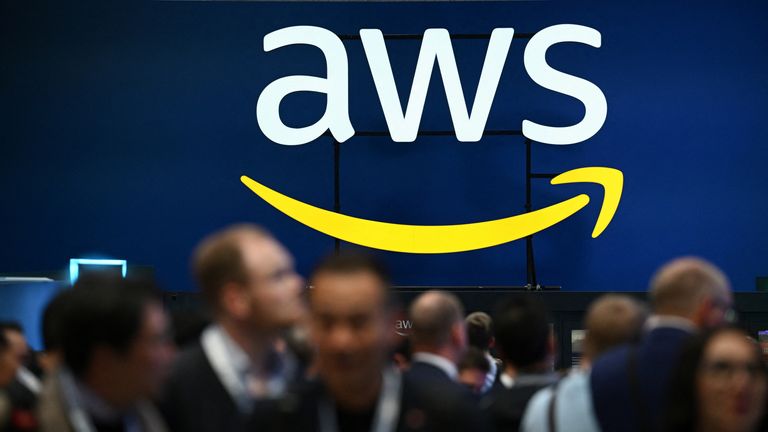The recent Amazon internet outages caused widespread disruption across the digital world, leaving millions of users unable to access vital websites and services. From online banking and social media to e-commerce and gaming, the outage had a ripple effect that exposed the internet’s heavy dependence on Amazon Web Services (AWS). In the UK, thousands of businesses and individuals were affected, revealing how even short-term downtime can have massive consequences in today’s connected world.
As AWS powers a huge portion of the internet’s infrastructure, the Amazon internet outages highlighted the fragility of modern technology. The event sparked debates about digital reliability, with many experts questioning how one company’s systems could take down a significant chunk of the global internet. This incident served as a sobering reminder that no matter how advanced technology becomes, it remains vulnerable to sudden and unexpected failure.
What Happened: A Deep Dive into the AWS Crash
The Amazon internet outages began when users across the globe started reporting connection issues, slow loading times, and complete service interruptions. Within minutes, monitoring platforms such as Downdetector detected a surge in complaints, particularly from the UK and Europe. The problem quickly escalated, spreading to the United States and Asia, affecting millions of users. Amazon confirmed that its cloud computing arm, AWS, was suffering from a severe internal disruption that had impacted multiple data centres.
Technical analysts suggested that the root cause could have been a configuration error or network overload within AWS’s infrastructure. Amazon’s engineering teams worked tirelessly to isolate the fault and restore services as quickly as possible. Despite their efforts, the Amazon internet outages lasted several hours, creating chaos across industries that rely on AWS for hosting and storage. The event underscored just how intertwined our global digital ecosystem truly is.
The Global Ripple Effect: Websites and Apps That Went Down
During the Amazon internet outages, thousands of websites and apps became inaccessible. Major platforms like Snapchat, Reddit, Fortnite, and Duolingo went offline, leaving users frustrated and confused. In the UK, the impact was particularly noticeable as banks, retailers, and streaming platforms struggled to stay online. Even essential services experienced delays and connectivity issues, showing just how integral AWS has become to daily operations.
Social media platforms were flooded with reactions as people expressed disbelief over how widespread the outages were. Businesses dependent on AWS-hosted systems faced financial losses due to interrupted sales and communication. The Amazon internet outages served as a clear demonstration of how one technical failure can send shockwaves through the global digital economy. It was not just a minor inconvenience but a moment that highlighted the need for greater digital diversification.
Why Amazon Internet Outages Matter More Than You Think

The Amazon internet outages were more than just a temporary glitch; they exposed a serious dependency problem within the modern web infrastructure. Amazon Web Services controls a significant portion of cloud hosting, meaning countless companies rely on its servers to stay operational. When AWS experiences problems, those businesses come to a standstill, affecting everything from online transactions to digital entertainment.
This level of dependence raises important questions about the stability of the internet as a whole. Experts argue that the Amazon internet outages reveal the danger of over-centralisation in cloud computing. With most of the world’s data and applications stored in a handful of global servers, even a brief outage can have catastrophic consequences. The event emphasised the urgent need for businesses to adopt backup systems and alternative providers to reduce their vulnerability.
Amazon’s Response: Fixes, Recovery, and Accountability
Amazon’s response to the Amazon internet outages was swift and transparent. The company issued multiple updates explaining the situation and confirming that their engineers were working continuously to restore normal service. Within a few hours, most services were back online, though some users continued to experience lag and intermittent errors. AWS acknowledged the issue publicly and stated that it was implementing measures to prevent similar incidents in the future.
However, not all responses were positive. Many businesses expressed frustration at how reliant they had become on Amazon’s infrastructure, questioning whether enough safeguards were in place. The Amazon internet outages prompted renewed scrutiny of AWS’s central role in global connectivity. Despite the criticism, Amazon’s rapid communication and technical recovery helped restore confidence among users and clients, though the incident left lasting questions about resilience and redundancy.
Lessons Learned: Building a More Resilient Internet
The Amazon internet outages taught the digital world a vital lesson: overreliance on a single cloud provider can be dangerous. Companies across all industries must now consider multi-cloud strategies to spread risk and ensure continuity in the event of future disruptions. Diversifying data storage and adopting stronger disaster recovery plans can help businesses remain operational even if one service fails.
For everyday users, the lesson is equally important. People must understand that the internet’s convenience comes with vulnerabilities. The Amazon internet outages demonstrated how dependent we are on a few large companies to keep our online lives functioning. Moving forward, both individuals and corporations need to advocate for a more decentralised and resilient internet structure that reduces the risks of global downtime.
Conclusion – A Wake-Up Call for the Digital World
The Amazon internet outages were a clear reminder that even the world’s most advanced technology can fail unexpectedly. This event did more than just interrupt access to websites—it revealed the fragility of our digital foundations. As society becomes increasingly connected, ensuring the stability and security of global networks must remain a top priority. The incident has already sparked conversations about diversifying cloud services and strengthening online infrastructure.
Ultimately, the Amazon internet outages serve as a wake-up call for everyone—from tech giants to everyday users. While technology continues to evolve at lightning speed, its reliability should never be taken for granted. With better planning, improved redundancy, and global cooperation, the hope is that future outages will be fewer, shorter, and far less disruptive to the world’s digital heartbeat.
FAQs About Amazon Internet Outages
What caused the Amazon internet outages?
Experts believe a configuration issue or overload within Amazon Web Services triggered the global outage, disrupting key systems.
Which websites and apps were affected by the outage?
Major platforms including Snapchat, Reddit, and several UK banking services were impacted during the downtime.
How long did the Amazon internet outages last?
The disruption lasted several hours, though some regions reported intermittent issues for much longer.
What has Amazon done to prevent future outages?
Amazon has implemented stronger monitoring systems and redundancy measures to prevent similar incidents in the future.
How can businesses protect themselves from such disruptions?
Companies are encouraged to use multiple cloud providers, maintain backups, and create robust disaster recovery plans to ensure continuity during outages.
You may also read: Benny Blanco Net Worth 2025: Inside the $50 Million Fortune of Selena Gomez’s Husband


